April 2020
April 11, 2020
Mold-A-Rama
Wikipedia page.
Posted By: Paul - Sat Apr 11, 2020 -
Comments (1)
Category: Eccentrics, Collectors, Inventions, Souvenirs, Mementos, and Tchotchkes, Toys, Statues and Monuments, 1960s
April 10, 2020
The Cleve Cartmill Affair
Science-fiction author Cleve Cartmill is best known for his short story "Deadline," which appeared in the March 1944 issue of Astounding Science Fiction. The story isn't famous because it's a good story. Cartmill himself described it as a "stinker." It's famous because it contained specific details about how to make an atomic bomb — details which Cartmill somehow knew over a year before the existence of the bomb had been revealed by the U.S. government.When Military Intelligence learned about the story they freaked out, fearing a security breach, and launched an investigation. They questioned Cartmill, as well as Astounding editor John W. Campbell. But eventually they concluded that Cartmill had gained his info, as he insisted, from publicly available sources.
However, the rumor is that Military Intelligence bought up as many copies of that issue of the magazine as they could, to prevent its dissemination. Which makes that issue quite valuable. For instance, at Burnside Rare Books it's going for $400.
But if you simply want to read the issue (and Cartmill's story), you can do that at archive.org for free.
More info: lynceans.org, Wikipedia.
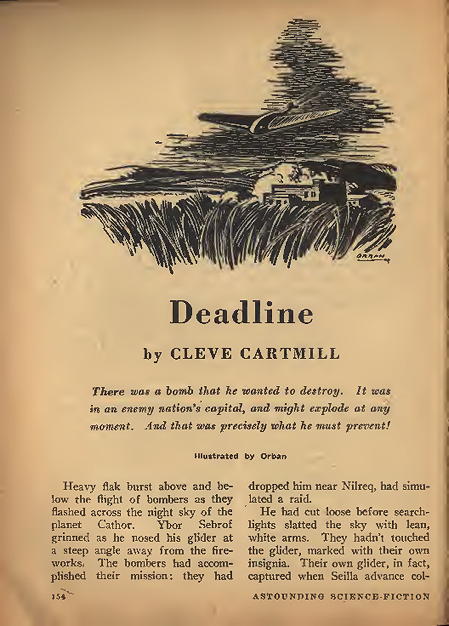
Posted By: Alex - Fri Apr 10, 2020 -
Comments (1)
Category: Atomic Power and Other Nuclear Matters, Science Fiction, 1940s
Follies of the Madmen #472
That mouse is definitely giving the finger. Is it supposed to be a sexy lure for male mice to entice them into the trap? I'm confused....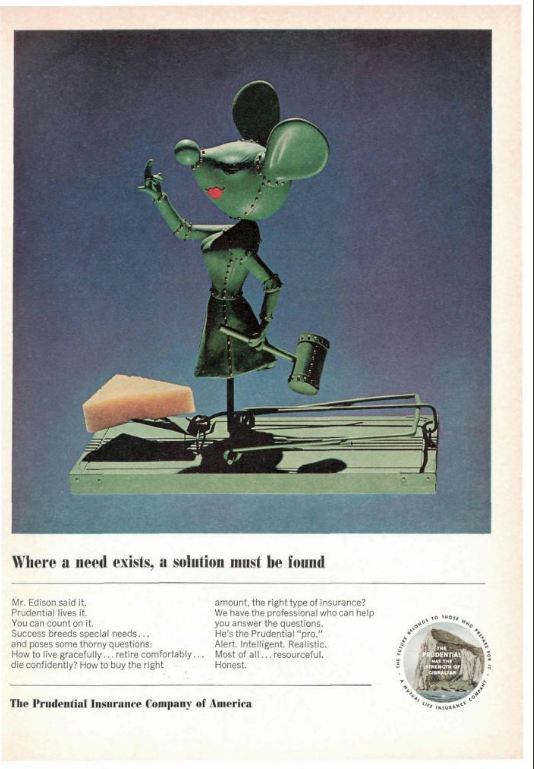
Source.
Posted By: Paul - Fri Apr 10, 2020 -
Comments (8)
Category: Animals, Anthropomorphism, Antisocial Activities, Business, Advertising, Death, 1960s
April 9, 2020
Chi Pants
Chi pants promised to allow your Chi energy to flow better. They were created by Laurence Ostrow of Santa Cruz, CA in the 1980s. Their distinguishing feature was a "gusset crotch," which was a patch of material under the crotch instead of the usual cross-seam construction.But for $5 extra, you could also make them "crystal powered." The Chi Pants catalog explained, "We sew a very small, perfect crystal in the back seam of your pant, right above the base of the spine. You won’t feel the crystal; you’ll just feel the energy."
Ostrow said, "We’ve had a very good response from people who have (crystals) in their pants. They feel a certain bubbling, tingling sensation up the spine. It’s not just a big lump in your pants."
Apparently the Chi Pants sold well and had a loyal fan base. But ultimately the company went under, even though Ostrow made several attempts to revive it.

Posted By: Alex - Thu Apr 09, 2020 -
Comments (2)
Category: Fashion, 1980s
Yumion, the Vidalia Onion Mascot
Posted By: Paul - Thu Apr 09, 2020 -
Comments (4)
Category: Agriculture, Anthropomorphism, Business, Corporate Mascots, Icons and Spokesbeings, Regionalism, Fictional Monsters
April 8, 2020
The Mills & Boon Motorway
Mills & Boon books are the British equivalent of Harlequin romances.Which is the setup for an odd fact, which sounded to me like an urban legend when I first came across it, but it turned out to be true. As you drive along the M6 Motorway in Britain, you're driving on copies of Mills & Boon romances, because 2.5 million of these books were used in the construction of the road.
According to BBC News:
Richard Beal, the company's project manager for the M6 Toll, said the books' absorbent qualities made them a vital ingredient in the construction of the country's first pay-as-you-go motorway.... for every mile of motorway approximately 45,000 books were needed.
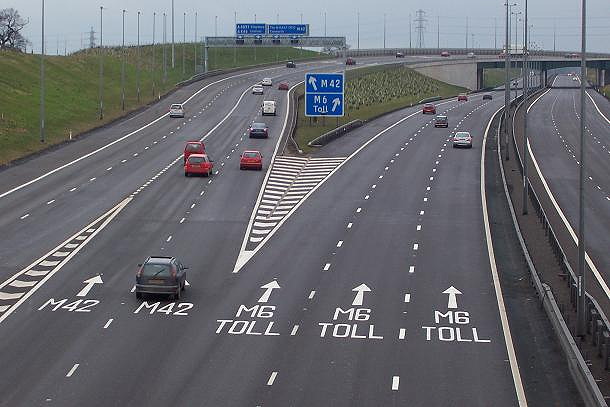
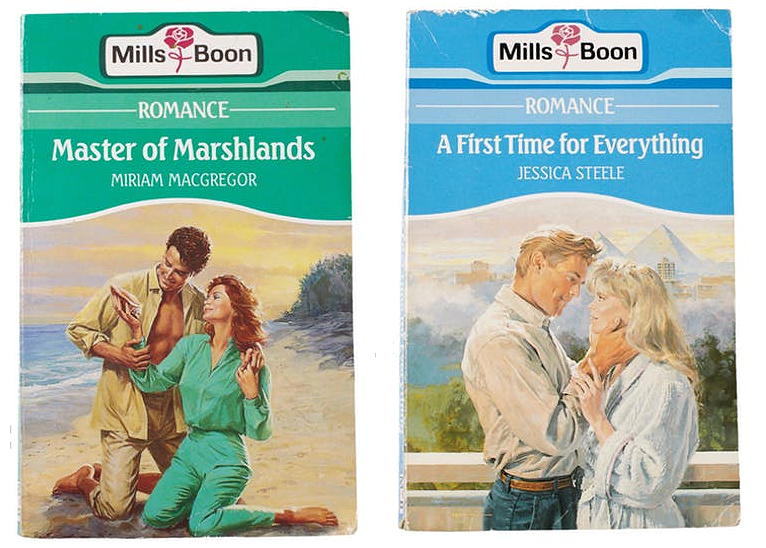
Posted By: Alex - Wed Apr 08, 2020 -
Comments (0)
Category: Highways, Roads, Streets and Traffic, Books
LSD: The Vinyl Album Version
Discogs entry here.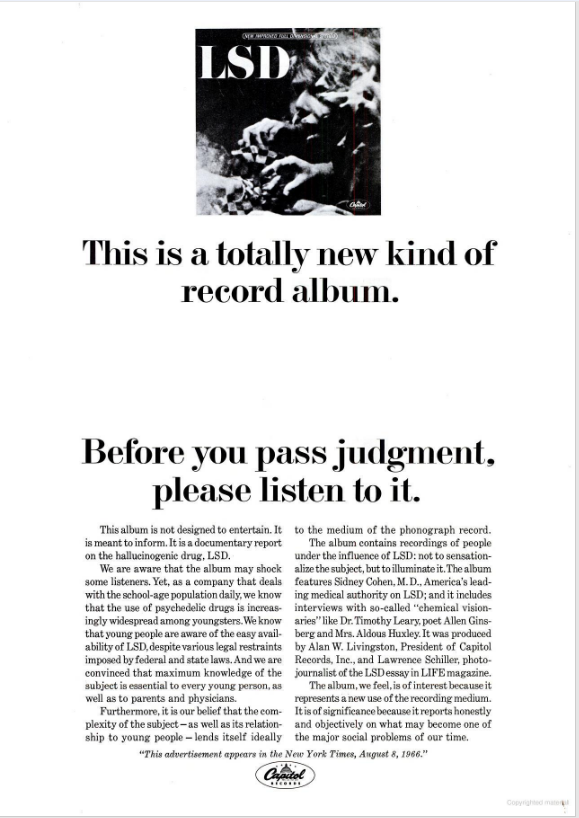
Posted By: Paul - Wed Apr 08, 2020 -
Comments (1)
Category: Drugs, Psychedelic, PSA’s, 1960s
April 7, 2020
His Wife’s Arm
An unusual tombstone in a Newport, Rhode Island cemetery, placed by Mr. William Tripp, commemorates his daughter, Wait, who died April 24, 1780, aged 10 months 10 days. Also, his son William who died March 7th, 1784, aged 22 months. And “Also his wife’s arm amputated Feby 20th 1786.”The amputated arm is depicted in a carving placed in the middle of the tombstone.

Source: Special Bulletin of the Newport Historical Society - Dec 1913
Posted By: Alex - Tue Apr 07, 2020 -
Comments (2)
Category: Death, Dismemberment
Unlikely Reasons for Murder No. 1
Our beloved Chuck Shepherd used to feature a theme which was, as I recall, along the lines of "unlikely reasons for murdering someone." It's probably time to revive the topic.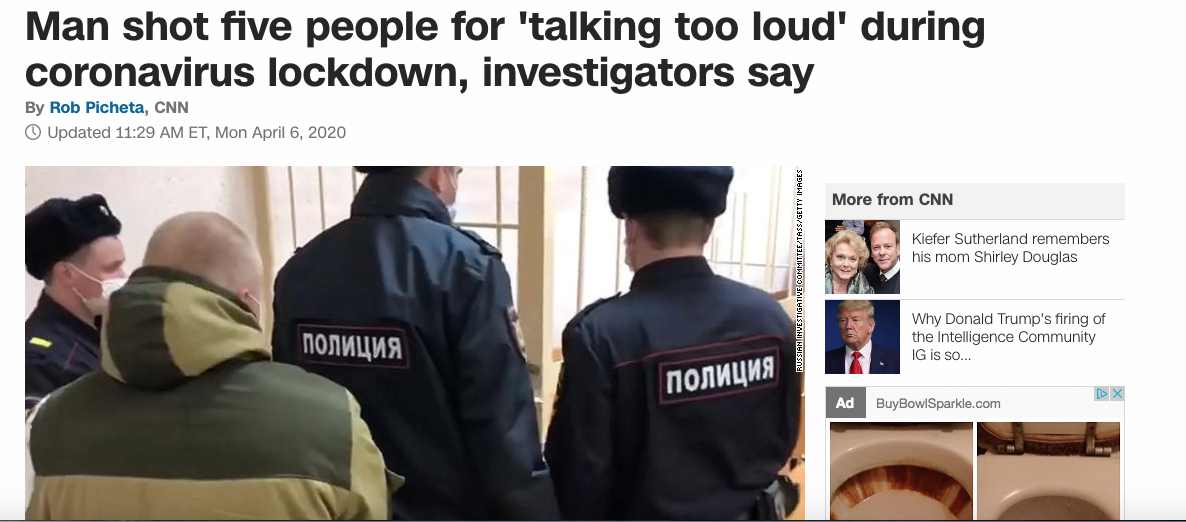
Read the rest here.
Posted By: Paul - Tue Apr 07, 2020 -
Comments (1)
Category:
April 6, 2020
Animal Keyboard
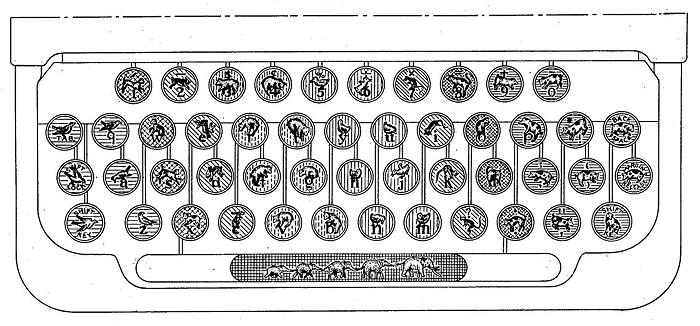
The "animal keyboard," introduced by Smith Corona in the mid-1930s, was designed to teach children how to type by having pictures of animals on the keys of the typewriter. As explained by Merritt Ierley in his book Wondrous Contrivances:

The Antikey Chop website provides even more info about the animal keyboard, but I must be missing the point because I don't understand how having pictures of animals on the keys would make it any easier to learn how to type.

Allentown Morning Call - Jan 7, 1937
Posted By: Alex - Mon Apr 06, 2020 -
Comments (3)
Category: Inventions, 1930s
| Get WU Posts by Email | |
|---|---|

| Who We Are |
|---|
| Alex Boese Alex is the creator and curator of the Museum of Hoaxes. He's also the author of various weird, non-fiction books such as Elephants on Acid. Paul Di Filippo Paul has been paid to put weird ideas into fictional form for over thirty years, in his career as a noted science fiction writer. He has recently begun blogging on many curious topics with three fellow writers at The Inferior 4+1. Chuck Shepherd Chuck is the purveyor of News of the Weird, the syndicated column which for decades has set the gold-standard for reporting on oddities and the bizarre. Our banner was drawn by the legendary underground cartoonist Rick Altergott. Contact Us |

